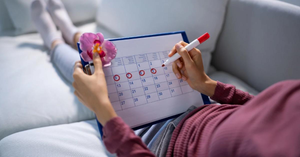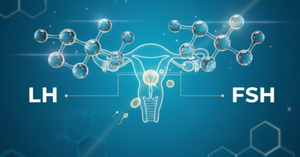“Every month, the ovaries quietly prepare for the possibility of new life, releasing a single egg in an intricate dance of hormones.” This process is called ovulation, and it is the centerpiece of the menstrual cycle. Understanding when and how ovulation happens can help women recognize their body’s signals, optimize fertility, and manage reproductive health better.
Ovulation is the release of a mature egg (oocyte) from the ovary. This usually occurs once per cycle, about midway between two periods. After release, the egg can be fertilized for up to 12–24 hours, while sperm can survive in the female reproductive tract for up to 5 days. This is why ovulation timing is critical in planning or preventing pregnancy.
Ovulation is controlled by hormonal shifts:
Many women notice physical and emotional signs when they are ovulating. Some of the most reliable include:
The fertile window is the period during which intercourse is most likely to result in pregnancy.
Ovulation is not just a biological event but a monthly indicator of reproductive health. By paying attention to physical signs, hormonal patterns, and cycle timing, women can take charge of their fertility and overall well-being. Whether the goal is conception or contraception, understanding ovulation is the key to smarter health choices.
About PeriodSakhi
PeriodSakhi is your trusted companion for understanding your menstrual health. With easy-to-use tools, it helps you track your periods, ovulation, fertility, moods, and symptoms, while providing insights into your overall reproductive and hormonal health. PeriodSakhi also serves as a supportive online community where women can share experiences, find reliable information, and access expert-backed guidance on menstrual health, PCOS, pregnancy, lifestyle, and more.
Disclaimer
The views, thoughts, and opinions expressed in this article/blog are solely those of the author and do not necessarily reflect the views of PeriodSakhi. Any omissions, errors, or inaccuracies are the responsibility of the author. PeriodSakhi assumes no liability or responsibility for any content presented. Always consult a qualified medical professional for specific advice related to menstrual health, fertility, pregnancy, or related conditions.
Start the conversation
No comments yet. Start the conversation by leaving the first comment!





